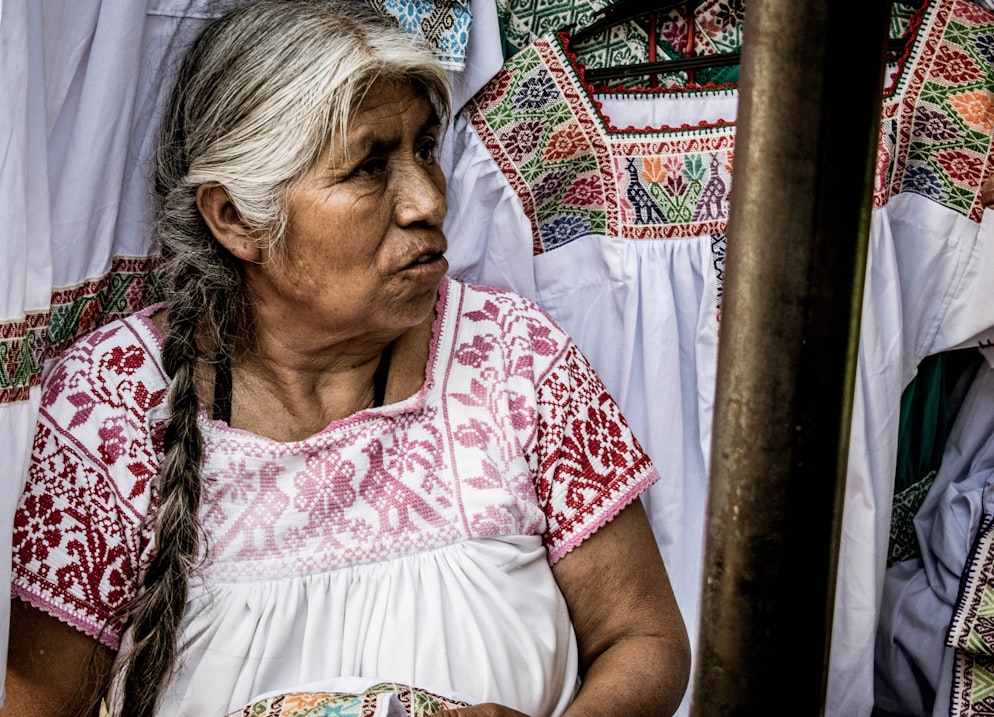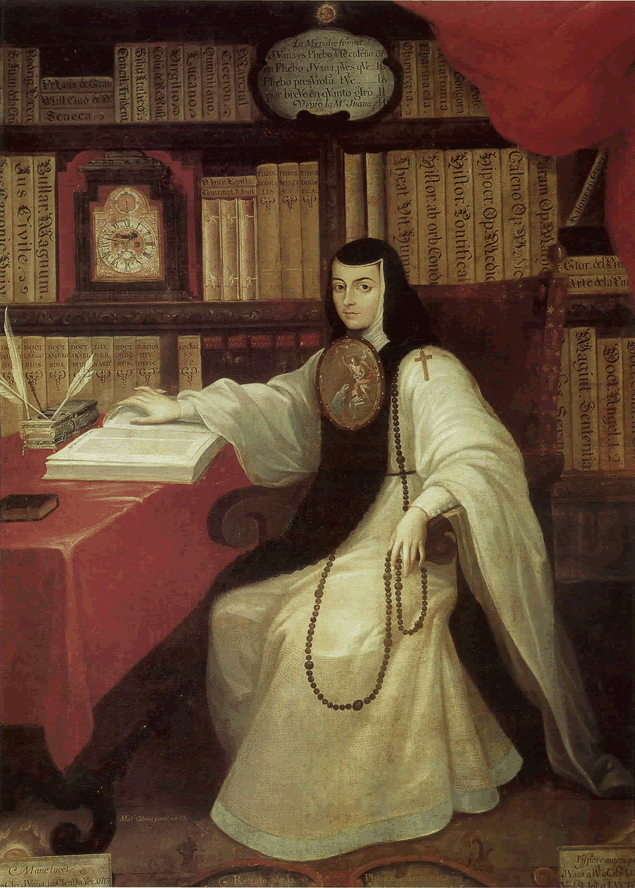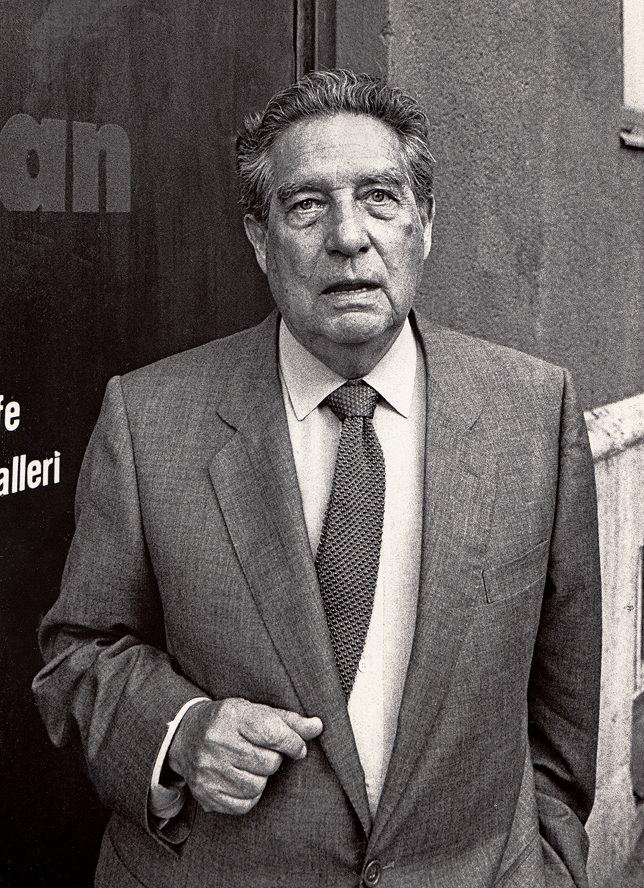Exfoliar la piel para que se sienta suave y luzca fresca y mantenga la flexibilidad que desde muy jóvenes tenemos, viene de uno de los documentos médicos más antiguos en la historia humana. El papiro de Ebers el cual es un antiguo pergamino egipcio que detalla el conocimiento médico relacionado con todo, desde la depresión hasta cómo circulan los fluidos en el cuerpo, describe el cómo sentirse bien que a la larga se vera reflejado en nuestra calidad de vida.
Este rollo de alrededor del 1500 a.C.también transmite algunos de los secretos egipcios para una piel hermosa, incluida la creación de exfoliantes con ingredientes naturales.
Beneficios
El significado de un exfoliante es similar a raspar todas las costras viejas o pedazos del fondo de una olla. En algún momento esa piel que teníamos en años de juventud era fresca y nueva, aun asi con el exfoliante adecuado se puede recuperar algo de los hermosos rostros que solíamos tener.
Deshacerse de la capa vieja también significa que se está desintoxicando la piel, a su vez, que tu tez se ilumina, el desprendimiento de la piel muerta significa que las líneas finas de expresión desaparecen a medida que se elimina la capa exterior rugosa.
La eliminación de la capa exterior también tiene el beneficio adicional de darle a tu piel una apariencia agradable y limpia.
Limpiar la piel con un exfoliante también reduce la grasa y ayuda a prevenir el acné.
¿Qué se necesita?
Los exfoliantes son sumamente fáciles de hacer en casa. Necesitas muy pocos ingredientes, que probablemente ya estén en tu cocina.
Aquí te menciono algunos de los Ingredientes exfoliantes más fáciles de conseguir, puedes crear tus propias recetas a medida que vayas experimentando en la mezcla de algunos de ellos pronto obtendrás tus favoritos y más efectivos:
- Azúcar
- Sal
- Café molido
- Arroz molido grueso
- Nueces muele
- Lentejas molidas toscamente
- Ingredientes hidratantes
- Aceite de oliva virgen extra
- Aceite de coco
- Aceites esenciales
- Mantequilla de coco
- Leche
- Miel
- Almacenamiento
Usa un frasco hermético para guardar tu exfoliante.
Puedes empaquetar el exfoliante en frascos pequeños para evitar exponer todo tu contenido al aire cada vez que se vaya a usar.
De que estar atento
Recuerda hacer una pequeña prueba de parche en tu piel antes de usarlo en toda el área. Frota el cuerpo para asegurarte de que no eres alérgico a ninguno de los ingredientes.

A continuación te presento algunas de las recetas que me han funcionado a mi y a otras personas
RECETAS DE EXFOLIANTES CORPORALES
Exfoliante de té azúcar
El azúcar (blanca preferentemente) es muy beneficiosa cuando se aplica a la piel para una variedad de razones. Ayuda a reducir esas arrugas y crea un agradable tono uniforme.
Rinde: 18 onzas
Ingredientes
- 11/2 taza de azúcar de caña orgánica
- 3/4 taza de aceite de oliva virgen extra
- 1 cucharadita de extracto de vainilla
Preparación
1. Combina los ingredientes en un frasco hermético, mezcla bien y almacena en un lugar fresco.
2. Humedece la piel y frota con la mezcla, espera 10 min y enjuaga.
Exfoliante de té verde
El aceite de té verde aporta numerosos beneficios a la piel. Se ha usado
para todo, desde el tratamiento de la picazón hasta una forma ligera de protección UV.
Sus increíbles cualidades antioxidantes lo convierten en una potencia que desafía el envejecimiento.
Rinde: 18 onzas
Ingredientes
- 1 1/2 taza de azúcar de caña orgánica
- 3/4 taza de aceite de coco
- 1 cucharada de aceite esencial de té verde
- 1 cucharadita de aceite de árbol de té
Preparación
1. Combina los ingredientes en un frasco hermético, mezcle bien y almacene en un lugar fresco.
2. Humedece la piel y frote con la mezcla, espera 10 min y enjuaga.
Exfoliante de chocolate
El cacao no solo huele divino, sino que también es fantástico para la piel.
Las mascarillas y baños de chocolate eran muy populares debido a las capacidades antioxidantes e inherentes del cacao. Cuando se aplica a la piel, estos ayudan a librar al cuerpo de los radicales libres que dañan la piel.
Rinde: 16 onzas
Ingredientes
- 3 cucharadas de cacao en polvo orgánico
- 1 cucharadita de aceite esencial de cacao
- 11/4 taza de azúcar de caña orgánica
- 3/4 taza de aceite de coco
Preparación
1. Combina los ingredientes en un frasco hermético, mezcle bien y almacena en
un lugar fresco.
2. Humedece la piel y frota con la mezcla, espera 10 min y enjuaga.
Exfoliante de café
No sólo puedes disfrutar de una deliciosa taza de café, si no que hasta te lo puedes embarrar ya que estimula la circulación, reduciendo la celulitis.
Rinde: 12 onzas
Ingredientes
- 1/2 taza de granos de café
- 1 taza de aceite de coco
- 1 cucharadita de extracto de vainilla
Preparación
1. Combina los ingredientes en un frasco hermético, mezcla bien y almacena en
un lugar fresco.
2. Humedece la piel y frota con la mezcla, espera 10 min y enjuaga.
Espero que algunas de estas recetas te sean de utilidad y que te consientas de vez en cuando sin tener que gastar tantos centavos en cremas excesivamente caras y con ingredientes químicos en su mayoría.
Fuente:
- All natural homemade beauty products. Author Josephine Simon












































